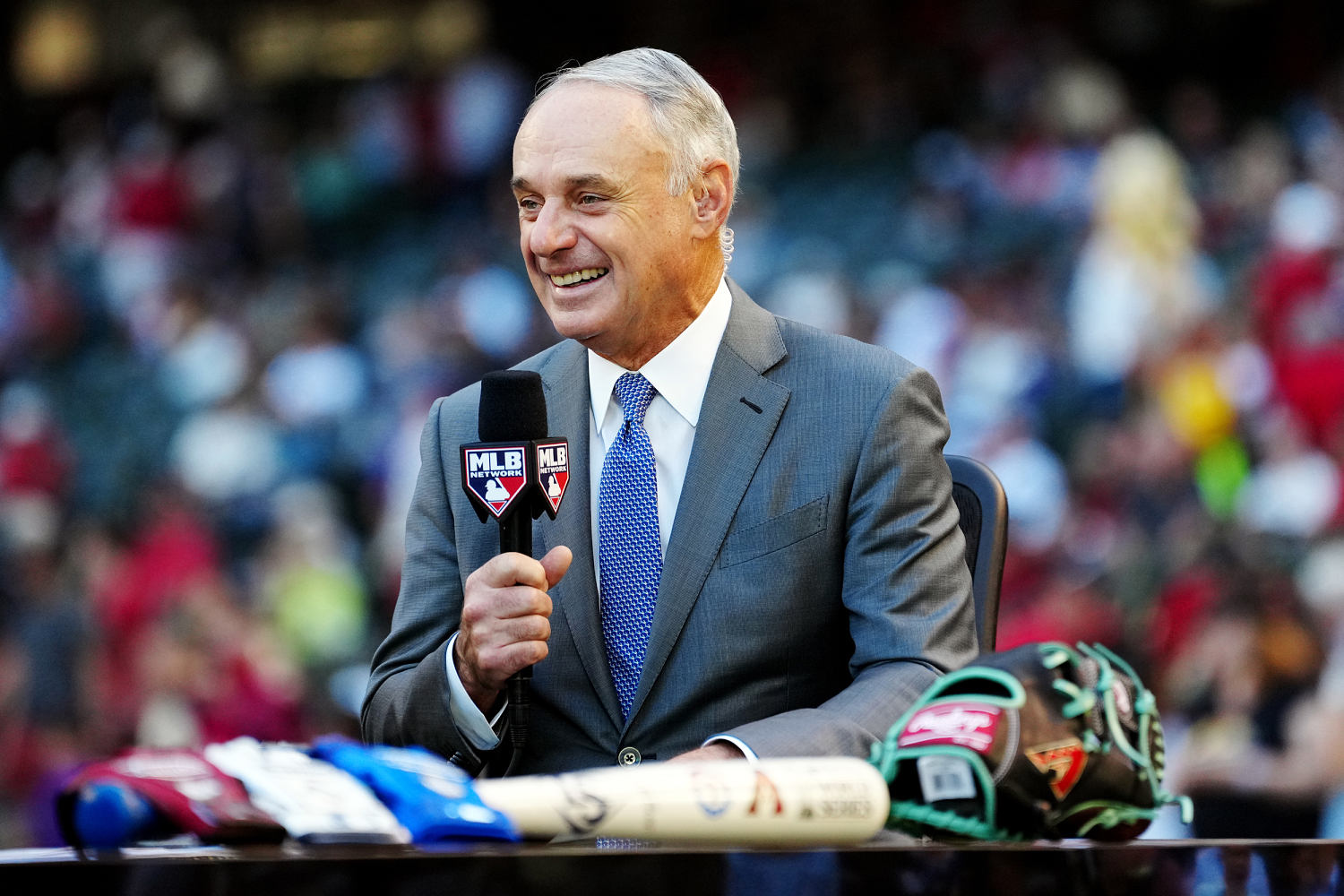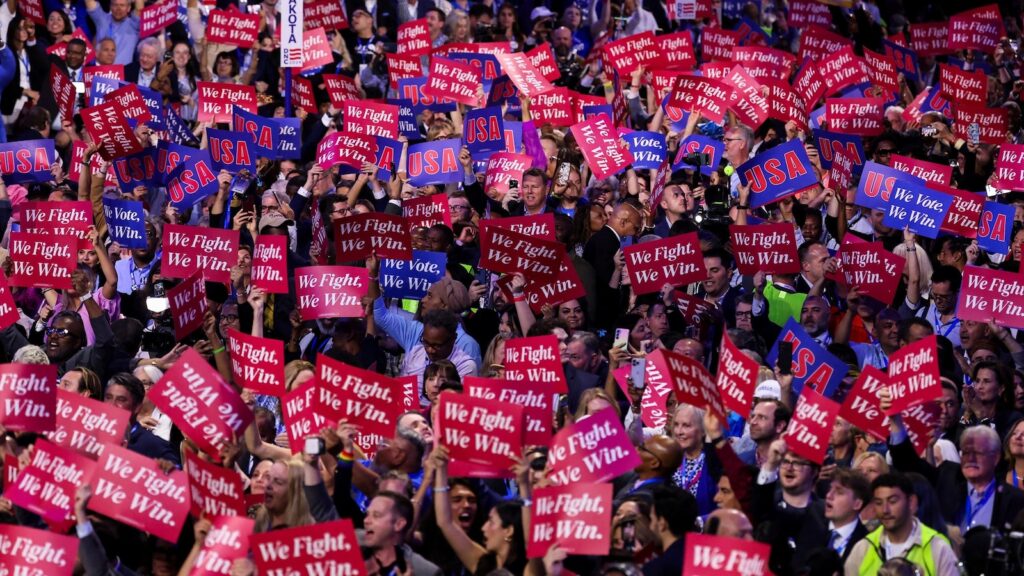
Count me as one of those long-standing baseball fans who support every rule change of the past few years.
Baseball purists pooh-pooh these changes, but as far as I’m concerned, they’ve made the game exciting.
The pitch clock? Love it! It’s shortened games and ended the interminable at-bats that turned baseball into three- to four-hour marathons. Getting rid of the infield shift ended the ridiculous situation in which a second baseman was perched halfway in the outfield. The universal designated hitter (DH) is an unqualified improvement because no one really wants to watch a pitcher feebly try to make contact with a 98 mph fastball. Without the DH in the National League, we wouldn’t have gotten to see Shohei Ohtani’s epic MVP-winning season for the Los Angeles Dodgers.I even like the extra-innings ghost runner, because as much as baseball purists might love free baseball, nobody needs to sit through a meaningless regular season game as it stretches into the 14th inning.
Baseball purists pooh-pooh these changes, but as far as I’m concerned, they’ve made the game exciting.
There is, however, a limit, and Major League Baseball has reached it with the so-called Golden At-Bat.
What is the Golden At-Bat? It’s an idea that MLB commissioner Rob Manfred floated in a podcast interview last month, which would allow a team to choose one at-bat in every game and send its best hitter to the plate — even if he was already in the lineup and it wasn’t his turn to bat.There’s a word in Yiddish to describe an idea this bad — ferkakta. As in “this is the most ferkakta idea ever proposed for baseball, and it needs to die a quick and immediate death.”
The rule changes mentioned above worked because they are largely consistent with the history and traditions of baseball. Defensive shifts penalized pull hitters and fundamentally changed the game. Ending them returned the game to how it’s been played for much of its history.
Clock timers might be inconsistent with a game that has long differed from other sports in that it has no timer. (Though it has had a “pitch timer” rule on the books since 1901, it was never truly enforced.) But it didn’t change the fundamental character of the sport — and in key respects, it reined in the excesses of the last few decades, when hitters dragged out at-bats forever to tire starting pitchers and pitchers, in turn, interminably fidgeted between pitches.
There’s a word in Yiddish to describe an idea this bad — ferkakta.
Baseball has also never been immune to rule changes that improved the quality of the game or created more offense. In the late 1960s, after years of dominant pitching, MLB lowered the mounds, shrank the strike zone and began cracking down on doctored pitches to increase offense and make the game more exciting for fans. In the near term, it worked (though expansion likely played a crucial role, too).Recent changes like clock timers, a limit on pitchers’ throwing to first base to keep potential base stealers close, the universal DH and increasing the size of the bases to encourage stolen bases were all efforts to help hitters and make the game more exciting for fans. After all, baseball isn’t just a sport — it’s a consumer product, and keeping the customer happy and engaged and returning to the ballpark is no small consideration.
But these changes — with arguably the exception of the DH — were also consistent with baseball traditions. None of them fundamentally changed the way the game is played.
A Golden At-Bat is different: It runs counter to the history and ethos of baseball. Allowing a player to leapfrog his teammates and come to the plate in a high-leverage situation has no precedent in baseball history. It’s a bastardization of lineup construction and the batting order, which are fundamental strategies that teams have honed for more than a century.
Imagine this scenario: It’s the bottom of the ninth inning, one out, the Dodgers are down by a run, and the scheduled batter, Ohtani, comes to the plate. He strikes out, but because there’s one out and the Dodgers haven’t used their Golden At-Bat, he gets to bat again! Or what if Ohtani makes the last out of the eighth inning but gets to come back in the ninth to bat again? There’s nothing in baseball history that presages a situation like that. If baseball allowed Golden At-Bats, it would fundamentally change the character of the sport.
Perhaps more than any of the four major sports, baseball is a team game. In football, the squad with the best quarterback usually prevails. The same goes for the team with the best player in basketball and the best goaltender in hockey. Obviously, these are team sports, too, but in all three, the best players have a disproportionate impact on the outcome. The same is sometimes true in baseball, but America’s pastime is more the sum of its parts than other sports — and the idea of a Golden At-Bat contradicts that fundamental notion.Former manager Joe Maddon noted in a piece at The Athletic by Jayson Stark, “There’s no way you can convince me that you’re going to take this (non-star) part of the team and kind of make them moot in tough situations. When a team succeeds in these circumstances (and the non-stars come through), it really builds a lot within the group.”
The best question about the Golden At-Bat, however, is what problem is this proposal solving? Proponents argue that it will create viral moments in which the best hitter faces the other team’s best pitcher — like the conclusion of the 2023 World Baseball Classic when Ohtani, as a pitcher, faced off against his then-Los Angeles Angels teammate Mike Trout.
But baseball has plenty of these viral moments, with future Hall of Famers and no-name stars.
Think about some of the greatest moments in baseball playoff history — and the unsung and unexpected heroes who saved the day.
The best question about the Golden At-Bat is what problem is this proposal solving?
In 2016, it was light-hitting Cleveland outfielder Rajai Davis cracking a game-tying home run off of the Chicago Cubs’ closer extraordinaire, Aroldis Chapman, in Game 7 of the World Series. In 2020, seldom-used Tampa Bay Rays outfielder Brett Phillips knocked in the game-winning run against the Dodgers in Game 4 of the World Series. St. Louis Cardinals fans will never forget David Freese, who hit the game-winning home run in the bottom of the 11th inning to send them to Game 7 and a World Series victory.In 1992, third-string catcher Francisco Cabrera hit the game-winning single to send the Atlanta Braves to the World Series — in what to this day is one of the most exciting moments I’ve ever seen in a baseball game. Does anyone remember Steven Pearce? Boston Red Sox fans do. He was the hero of the 2018 World Series, with three home runs, and he was named series MVP.
Then there is former New York Yankees infielder Bucky f—ing Dent, though the less said about him and the 1978 American League East one-game playoff, the better.
What about the 2024 playoffs? Sure, future Hall of Famer Dodgers first baseman Freddie Freeman hit an epic grand slam in Game 1 of the World Series, but who can forget Cleveland Guardians Jhonkensy Noel’s towering game-tying home run in the American League Championship Series? The fact that he was a relatively unknown player, stepping up in the most crucial of playoff situations, made the moment that much greater.
I’m not some crusty purist who thinks baseball should be played like it was when Ty Cobb or Joe DiMaggio were running the bases. Like any sport, baseball must evolve and shouldn’t get stuck in its hidebound traditions. But it also shouldn’t descend into gimmickry, and that’s what the Golden At-Bat would represent. Change baseball for the better, but don’t turn it into something it’s never been.



